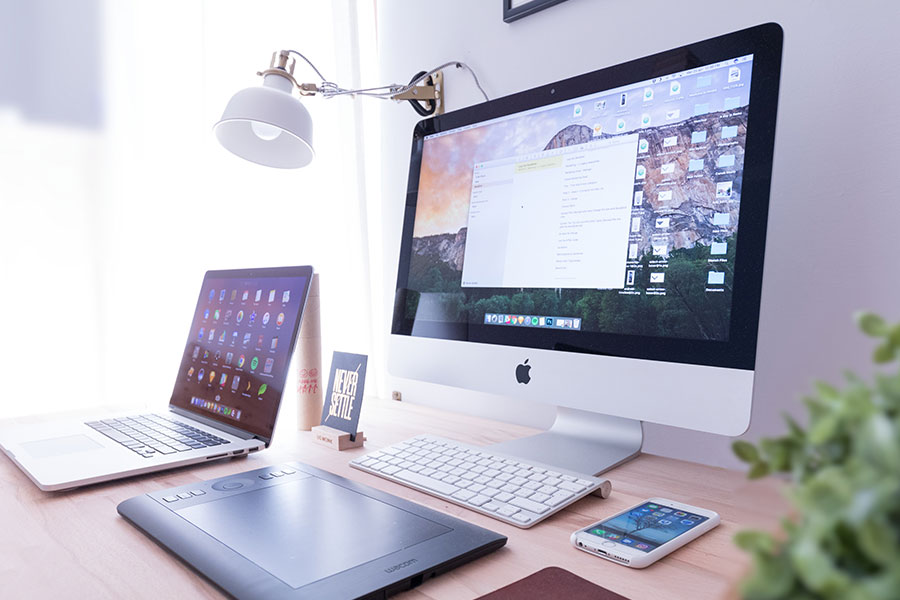Nowadays, a majority of website owners asks for a mobile version of their website. It's quite important for a company to have: one design for smart phones and another for the iPhone, the iPad, netbook & Kindle. For any website owner, his or her site should be compatible on all screen resolutions.

In the coming years, we'll probably require to design for a plenty of other inventions. When will this craziness end? It won't, of course.
In the world of web design, we're promptly reaching at the point of being unable to match up with the countless new screen resolutions and gadgets. There are several websites that don't give possibilities to become compatible for every resolution and device. Should a website owner experience the effects of losing users from one device, for the advantage of getting users from another? Or is there any alternate?
Responsive layout is the technique that recommends that design and development should reply to the visitor's action and environment depending on screen resolution, platform and location. The custom includes a blend of flexible networks and layouts, photos and a smart exercise of CSS media queries. As the visitor shifts from his computer system with smart phone, the site should automatically shift to adapt to screen size, orientation and scripting issues. In simple words, your website is made with features that automatically react to the visitor's behavior. This would exclude the requirement for a separate web design and web development phase for every latest device on the market.
Why should a website owner make a separate layout for every group of visitors; after all, interior designers don’t design a structure for every group size and kind that goes through it? Similar to responsive interior designers, web design should automatically change. It shouldn’t need endless customized services for every new section of visitors.
Of course, we can't take the help of motion sensors to get this the way an interior design would. Responsive layouts need a more ideal way of creating. But, certain opinions have already being exercised: changeable layouts, media questions and scripts that can redevelop Web pages and content easily (not automatically)
However, responsive layout is not only about managing screen size and automatically adjusting photos, instead of a complete new thing of thinking about web design. Let us pin down the attributes of responsive layout:
B-112, Sector-64
Noida - 201301
